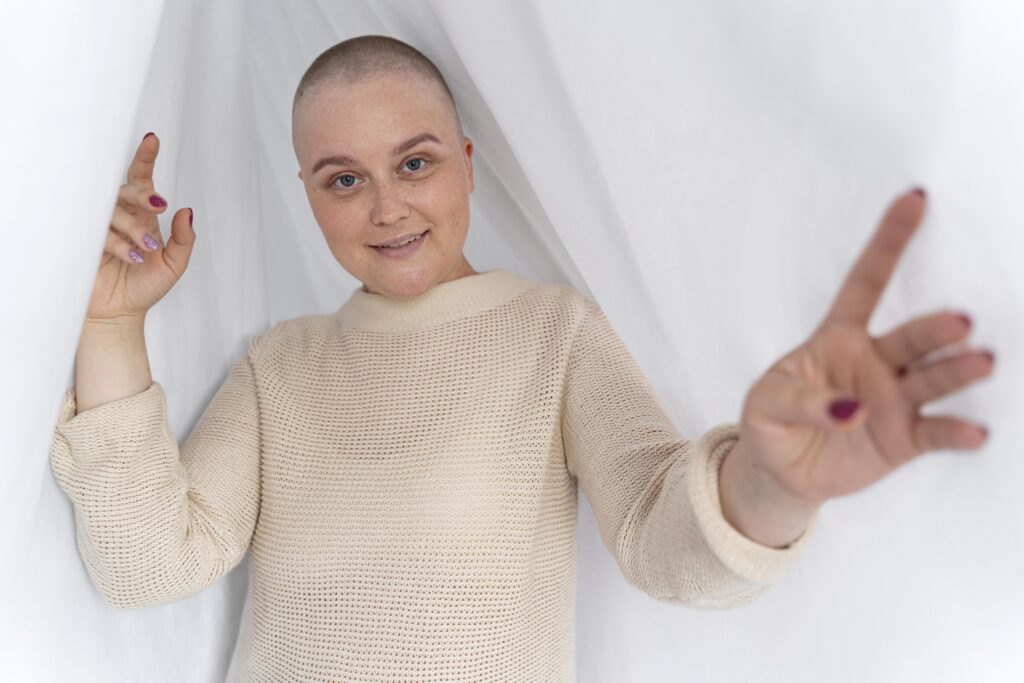
Female pattern baldness, though less common than its male counterpart, can be equally distressing for those affected. While genetics play a significant role in the development of female pattern baldness, environmental and lifestyle factors also exert considerable influence. In this article, we’ll delve into the impact of these external factors on female pattern baldness, highlighting the importance of understanding the interplay between genetics and environment in hair loss.
Environmental Factors:
- Air Pollution: Exposure to pollutants can lead to oxidative stress and inflammation in the scalp, disrupting hair follicle function.
- UV Radiation: Prolonged exposure to UV rays can damage the scalp and hair shaft, contributing to increased shedding and thinning over time.
- Climate Conditions: Extreme weather conditions, such as excessive heat or humidity, can affect the scalp’s health and contribute to hair loss.
Lifestyle Factors:
- Dietary Habits: Poor nutrition, lacking essential vitamins and minerals, can compromise hair growth and contribute to hair loss.
- Stress Management: Chronic stress can disrupt hormone levels and induce telogen effluvium, leading to excessive shedding.
- Smoking and Alcohol Consumption: Smoking constricts blood vessels, impairing circulation to the scalp, while excessive alcohol intake can disrupt hormone levels and contribute to nutritional deficiencies.
Other Lifestyle Factors:
- Hair Care Practices: Overuse of harsh hair treatments, such as chemical dyes and heat styling tools, can damage the hair shaft and contribute to hair loss.
- Physical Activity: Regular exercise promotes blood circulation, delivering essential nutrients to the scalp and supporting healthy hair growth.
- Sleep Patterns: Inadequate sleep can disrupt hormone balance and impair the body’s ability to repair and regenerate, affecting hair health.
Conclusion:
While genetics play a significant role in female pattern baldness, environmental and lifestyle factors can also exert a considerable influence on hair health. By recognizing the impact of external triggers such as pollution, UV radiation, and lifestyle habits, individuals can take proactive steps to protect and nurture their hair. By adopting a holistic approach that addresses both genetic predispositions and external influences, women can better manage female pattern baldness and maintain healthy, vibrant hair for years to come.

